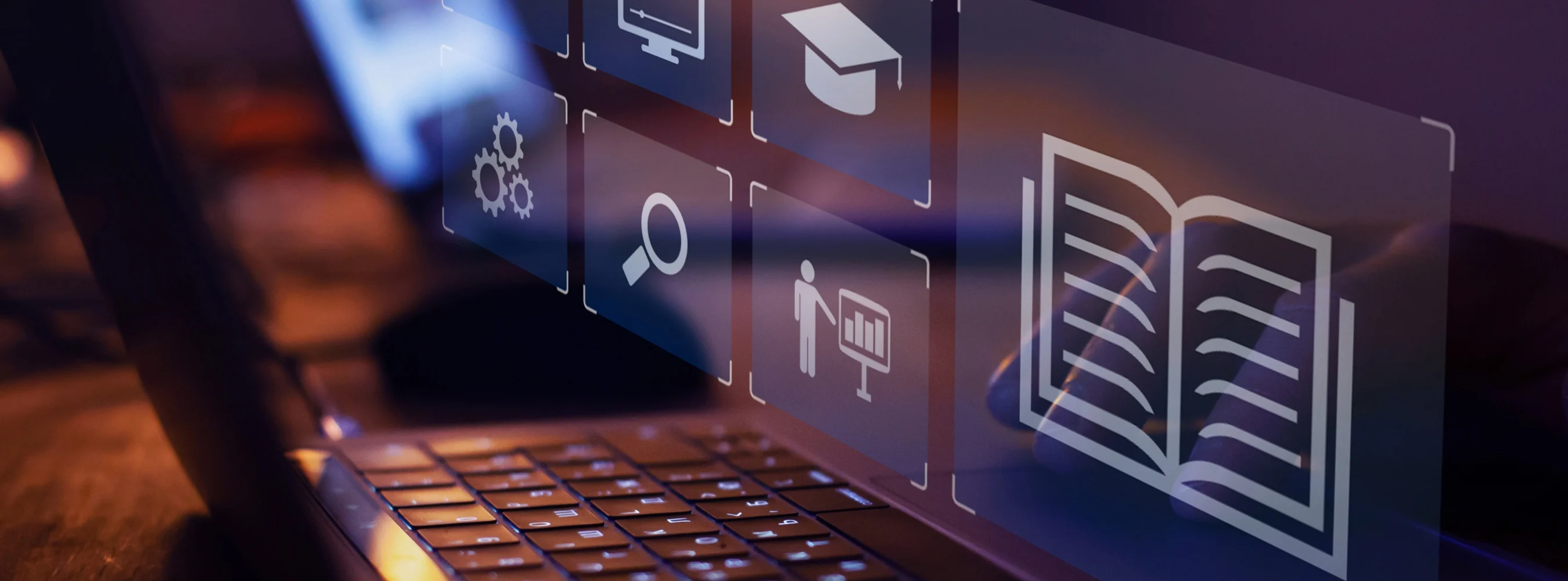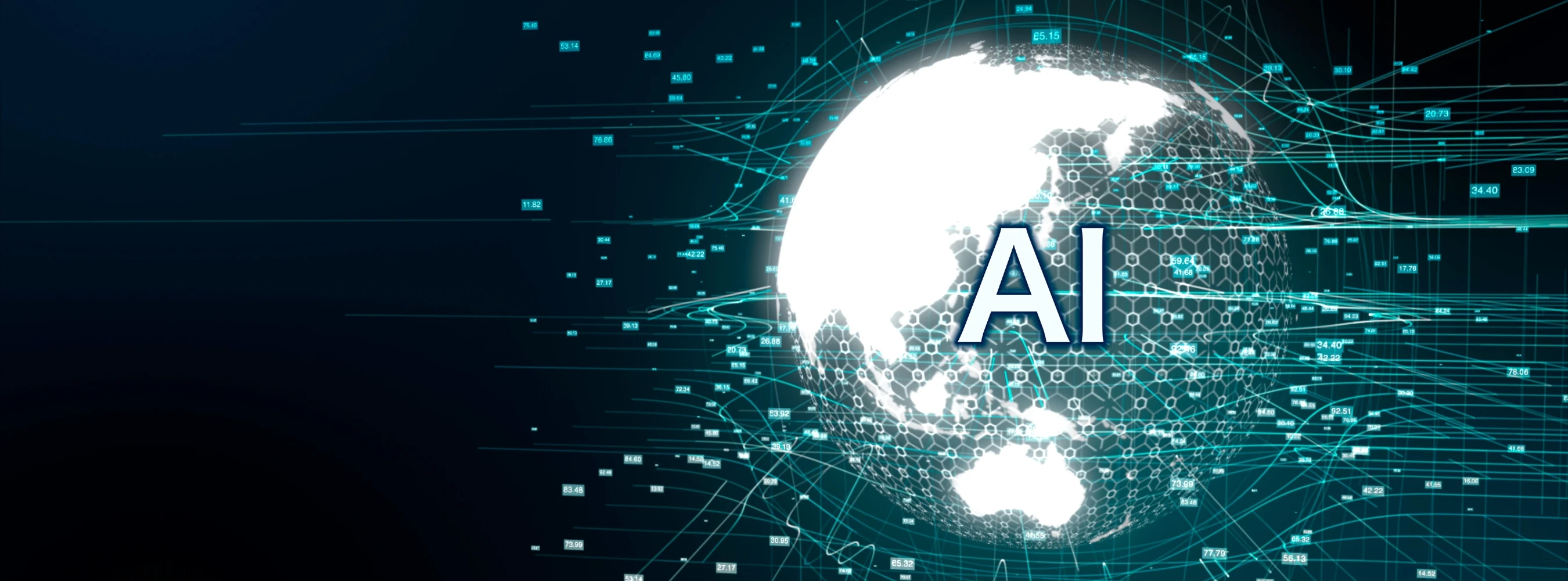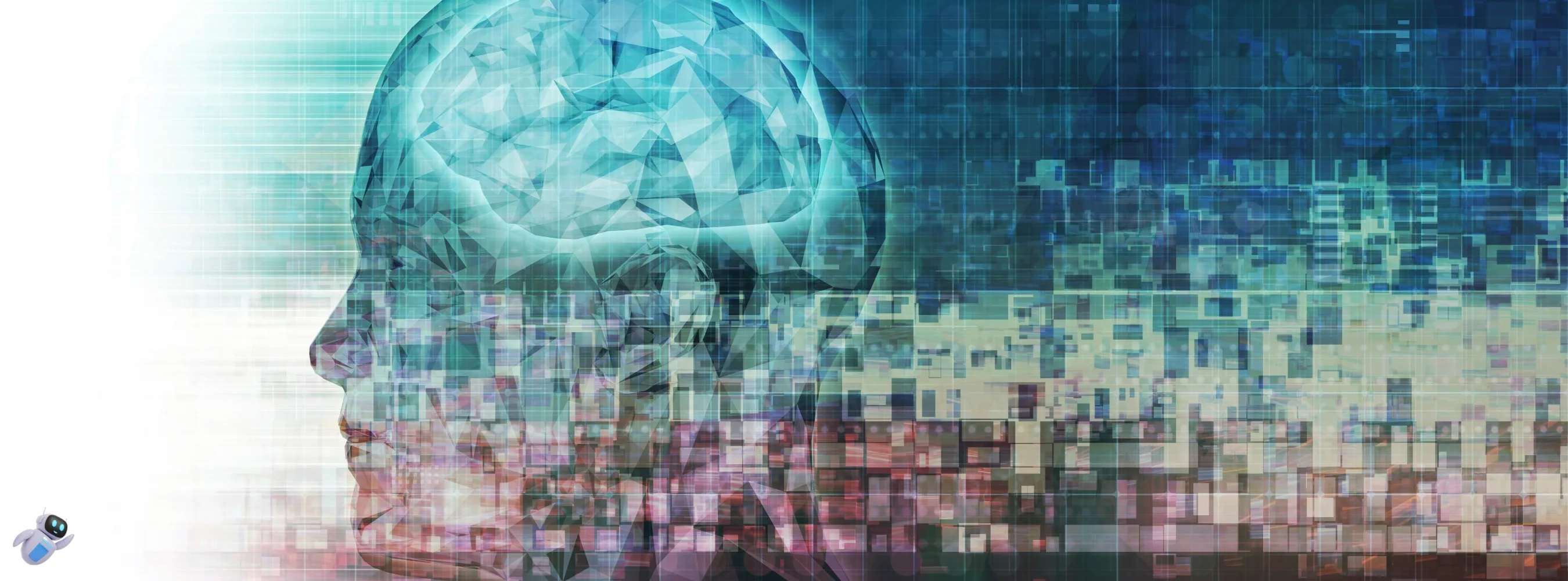India is a country known for its incredible linguistic diversity, with over 22 officially recognized languages and hundreds of regional dialects. The evolution of digital technology has revolutionized education, and multilingual digital education has emerged as a critical tool in bridging linguistic and educational gaps across the nation. Digital education tailored for multiple languages ensures accessibility, inclusivity, and improved learning outcomes, empowering students from all backgrounds.
With the rise of EdTech platforms, multilingual learning materials are becoming widely available. AI-powered language translation tools enable content to be adapted into various regional languages, allowing students to grasp subjects in their mother tongue. This is particularly important in rural areas, where students may not be fluent in English or Hindi. Digital education in multiple languages ensures that no learner is left behind due to linguistic barriers.
Government initiatives such as the DIKSHA platform and the Bhashini language translation project are actively working to provide educational content in various regional languages. These platforms leverage AI and Natural Language Processing (NLP) to ensure seamless translation, making textbooks, video lectures, and interactive materials available in local languages. As a result, students can comprehend concepts more effectively, leading to improved retention and academic success.
Multilingual digital education not only enhances learning outcomes but also preserves India’s linguistic and cultural heritage. By promoting learning in native languages, digital platforms encourage students to take pride in their linguistic identity while gaining knowledge in subjects like science, mathematics, and humanities. This approach fosters cognitive development and critical thinking skills by allowing students to engage with educational materials in their most comfortable language.






